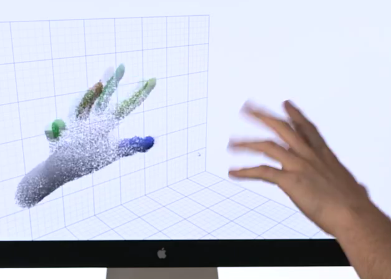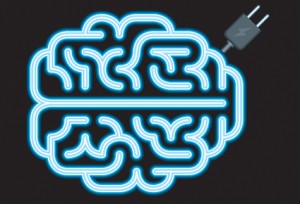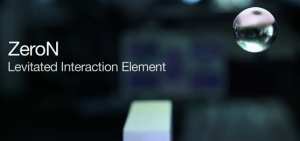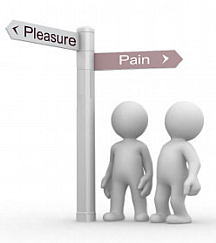Do Micro Valences Shape Everyday Actions?
Wednesday, May 30th, 2012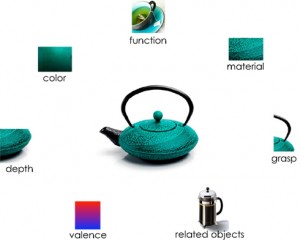 Sensory perceptions often trigger affect. That is, when I see, hear, smell, touch or taste something, I find it pleasant or unpleasant to some degree (valence) and that in turn activates other mental states (arousal). It is generally thought that affect is partially determined by the objective nature of the sensory experience but it is also strong shaped by what I expect to perceive or the encodings of the mental model I use to interpret the experience. Affect as valence (pleasantness) + activation (arousal) has been studied for extreme states such a love, fear, joy, hate and so on. This leaves open the question of the role of affect with everyday objects or those with little valence and/or activation. Does affect play an important role in our mental processes and behaviors with everyday objects?
Sensory perceptions often trigger affect. That is, when I see, hear, smell, touch or taste something, I find it pleasant or unpleasant to some degree (valence) and that in turn activates other mental states (arousal). It is generally thought that affect is partially determined by the objective nature of the sensory experience but it is also strong shaped by what I expect to perceive or the encodings of the mental model I use to interpret the experience. Affect as valence (pleasantness) + activation (arousal) has been studied for extreme states such a love, fear, joy, hate and so on. This leaves open the question of the role of affect with everyday objects or those with little valence and/or activation. Does affect play an important role in our mental processes and behaviors with everyday objects?
According to recent research from the Center for the Neural Basis for Computation at Carnegie Mellon University the answer is yes – there are so-called micro valences that do in fact shape our decisions and behaviors. Interestingly, these micro valences are an intrinsic part of our mental representation of objects, they are not judgments or values we attach after perception.
“Much in the same way that we automatically perceive the shape, size, or color of objects, we cannot help but perceive the valence in objects. In this sense, valence is not a label applied after the fact to perceptual entities, but rather is an intrinsic element of visual perception with the same mental status as other object properties.”
This has important implications for cognitive designers. It suggests that low activation events are still driven by affect (i.e. a micro valence) even though there are no obvious emotions involved. Everyday objects are boring. And small differences can change the outcome of a decision. Also, micro valences can expand our understanding of the higher-level object properties that inform the construction of mental models (see figure). This could be important for psychographics.
Imagine being able to shape choice and modify behaviors around the use of everyday objects by making a very small change to features and functions. In principle this should be possible if we understand the micro valences at work.

